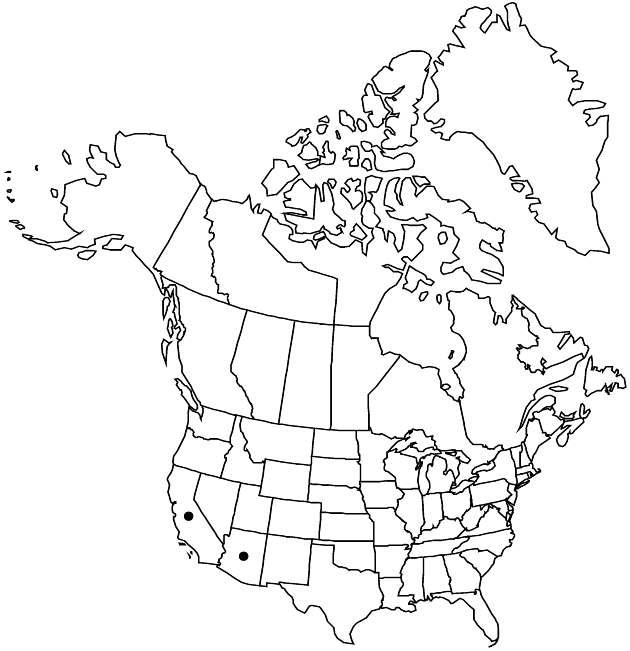Stylocline gnaphaloides
Trans. Amer. Philos. Soc., n. s. 7: 338. 1840.
Plants 1–15 (–20) cm. Leaves mostly blunt, not or scarcely mucronate, longest 6–14 mm; largest capitular leaves spatulate to ± elliptic or oblong, 4–13 × 1.5–3 mm. Heads in dichasiform or proximally ± racemiform arrays, ± spheric, largest 3–6 mm, arachnoid to thinly lanuginose (often shiny, appearing nearly glabrous, indument obscured by palea wings). Phyllaries ± persistent, ± ovate, 1–3.5 mm, subequal. Receptacles narrowly cylindric, 1.3–2.2 mm, heights 5–8 times diams.; scars ± evenly distributed, slightly sunken. Pistillate paleae: longest 1.8–4.5 mm, winged proximally and distally; wings broadly ovate (bases rounded or cordate), widest in proximal 1/3 of palea lengths; bodies (except midnerves) chartaceous; outermost paleae ± saccate. Functionally staminate florets 2–5; ovaries vestigial, 0–0.2 mm; corollas 1–1.8 mm. Cypselae 0.8–1 mm, compressed; pappi: staminate of 1–5 (–6) smooth to barbellulate bristles 1.3–1.9 mm. 2n = 28.
Phenology: Flowering and fruiting (Jan–)Mar–May(–Jul).
Habitat: Dry, open, sandy slopes, flats, dry drainages (relatively mesic sites in deserts), often on old disturbances
Elevation: 0–1200(–1700) m
Distribution

Ariz., Calif., Mexico (Baja California), Mexico (Sonora)
Discussion
Stylocline gnaphaloides (often misspelled “gnaphalioides”) is relatively common in southwestern California, extending to the nearer Channel Islands, the San Francisco Bay area, and most of Baja California; it is not known from the Colorado River valley; it occurs in (mainly) disturbed areas of south-central Arizona and adjacent Sonora, Mexico. A specimen from Zion National Park, Utah, in 1937 is likely either mislabeled or from an introduction that did not persist.
Forms with larger, often hairier heads (Stylocline gnaphaloides var. bigelovii A. Gray, S. arizonica Coville) are more frequent inland but also occur (with intermediates) on the California Channel Islands and elsewhere; no taxonomic segregation seems warranted. Sterile hybrids with Logfia filaginoides do not much resemble S. citroleum, which is suspected to have originated from such parentage (J. D. Morefield 1992, 1992b). Sterile hybrids between S. gnaphaloides and L. arizonica superficially resemble S. psilocarphoides.
Selected References
None.
Lower Taxa
"broader" is not a number."longest" is not a number.
